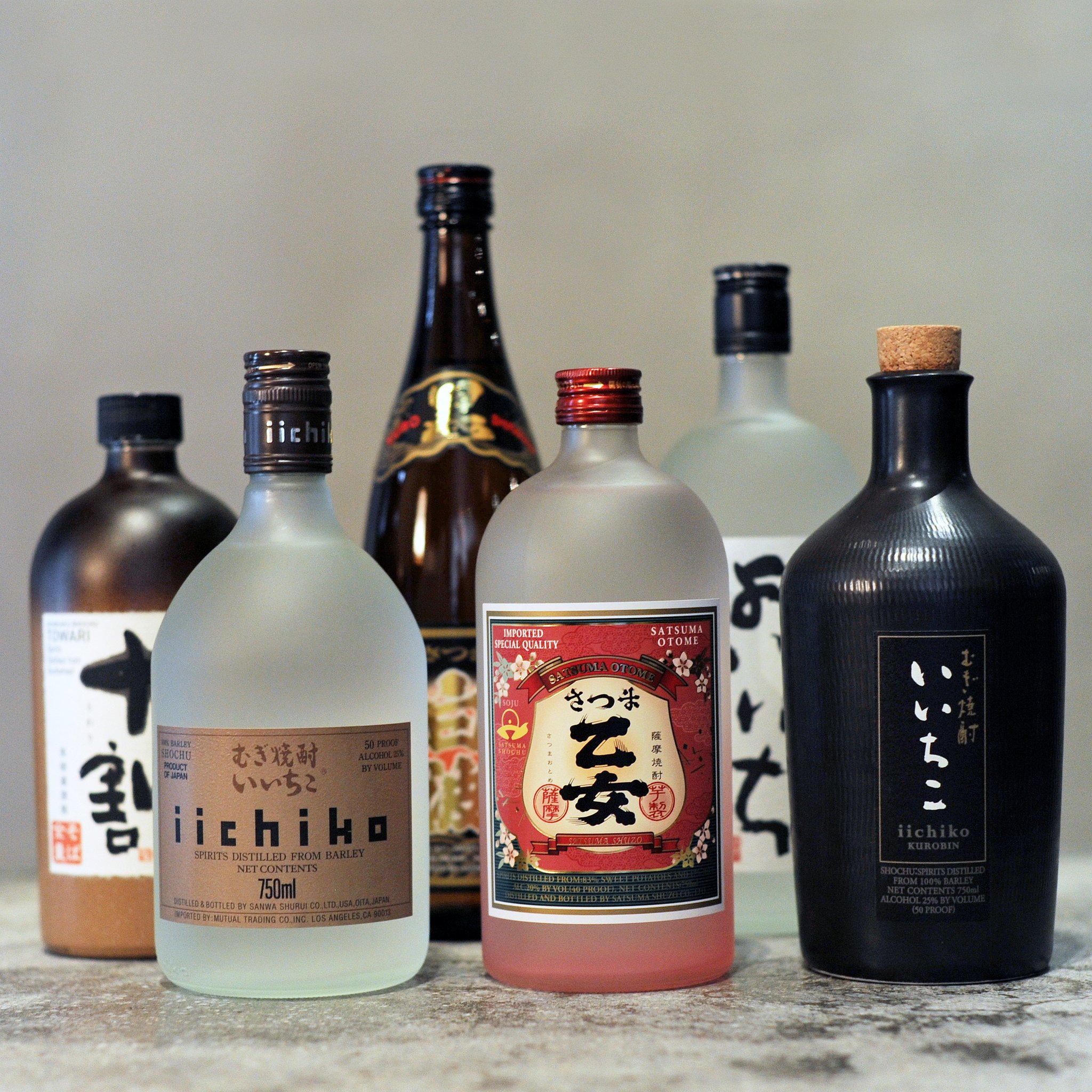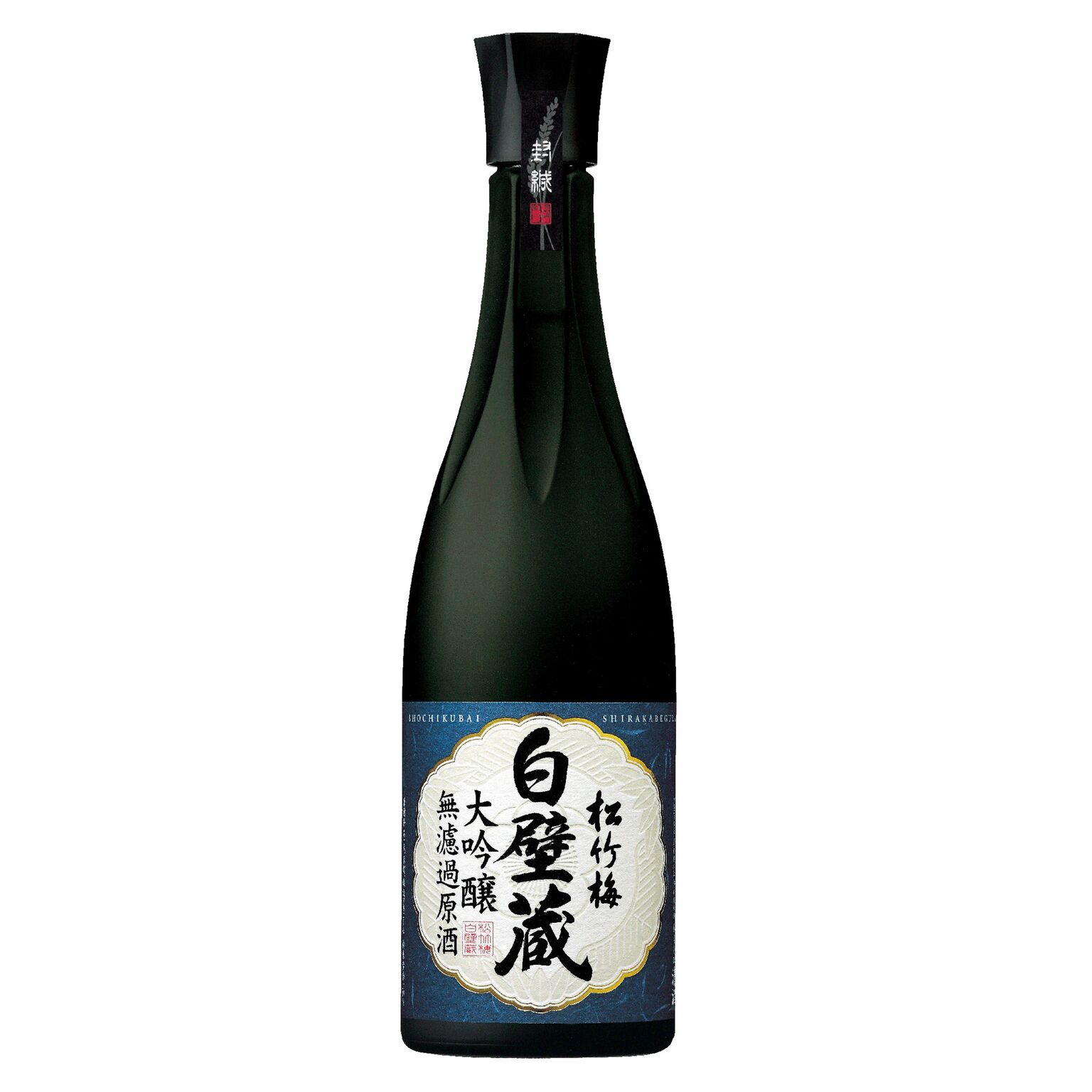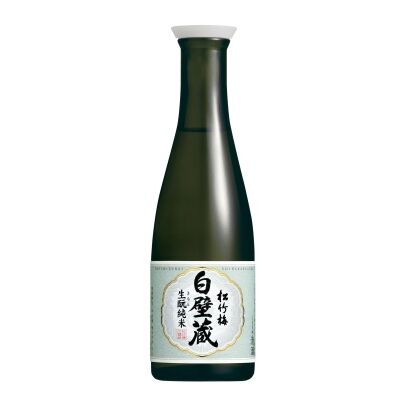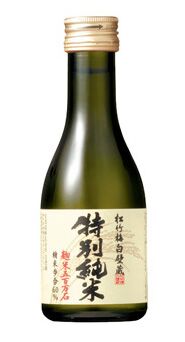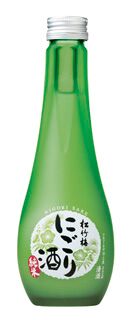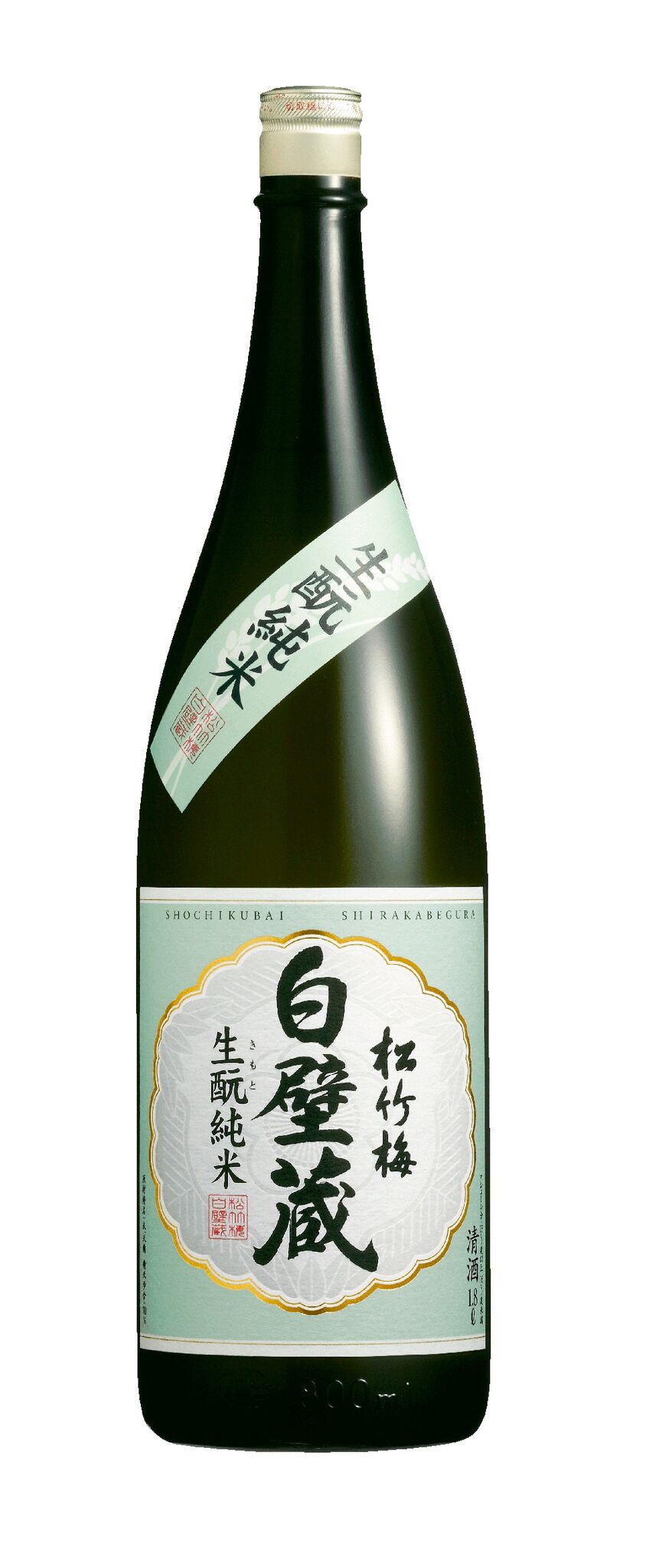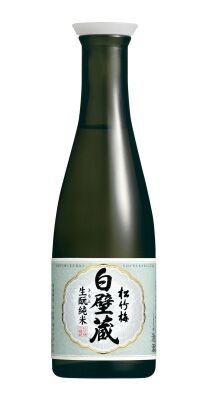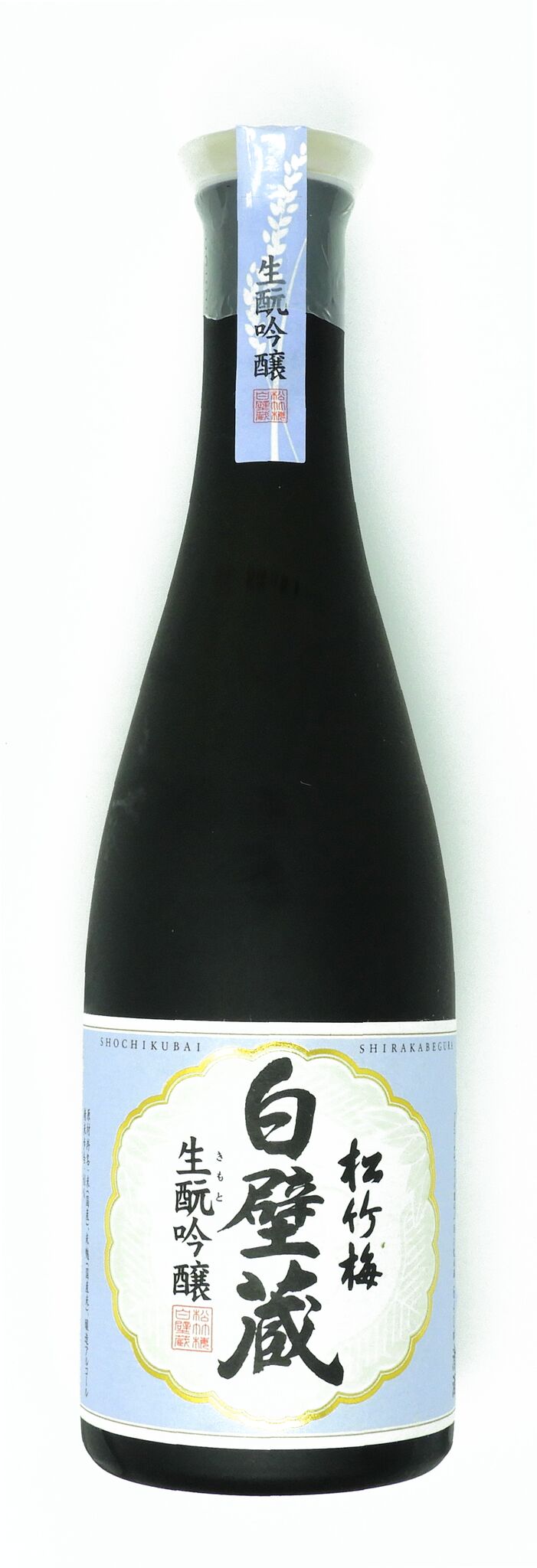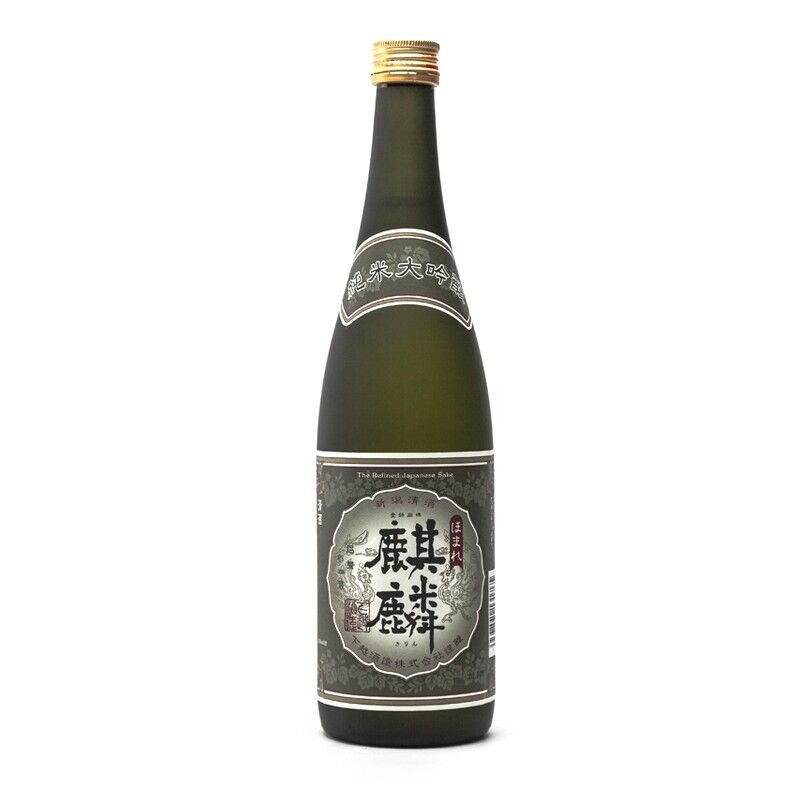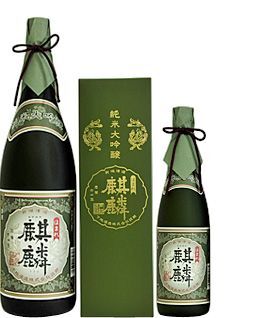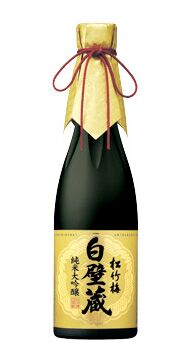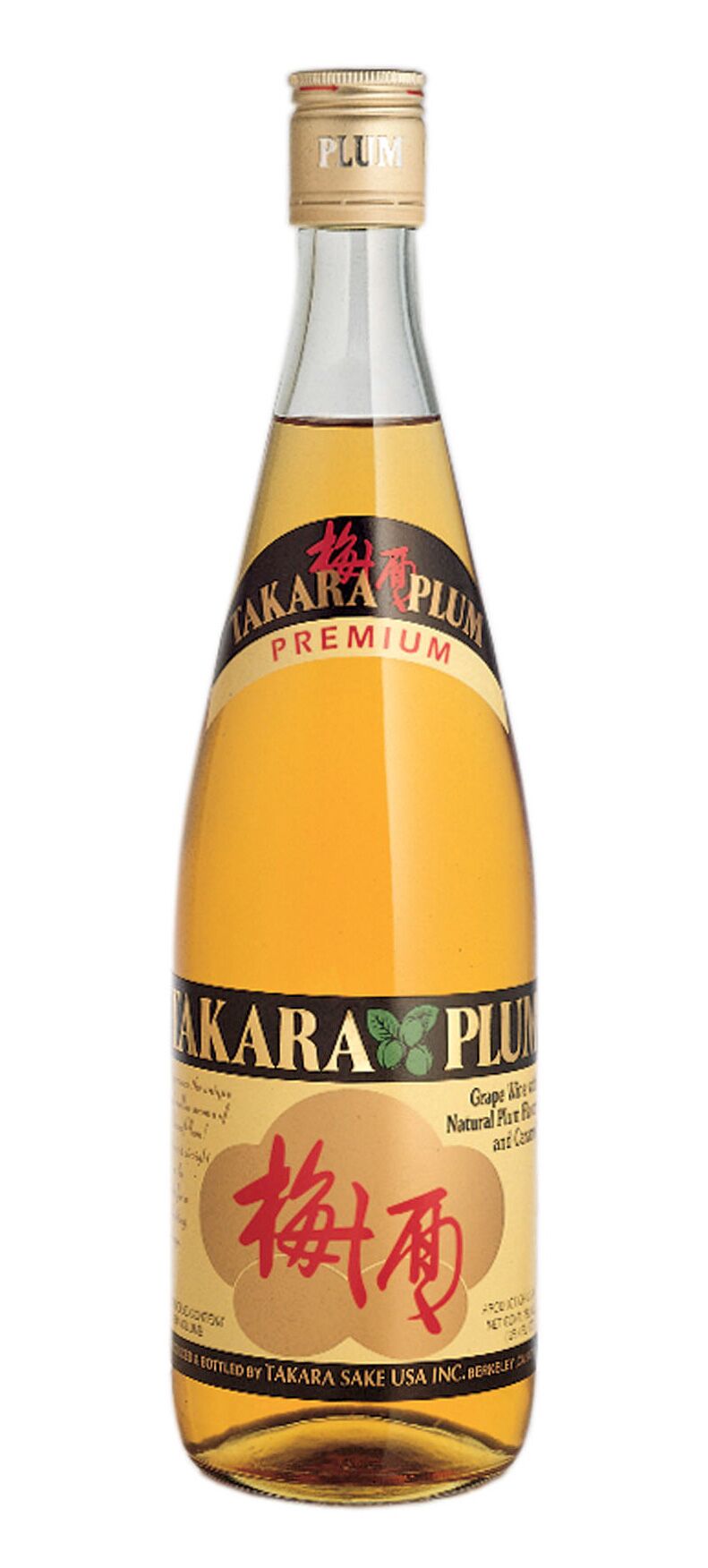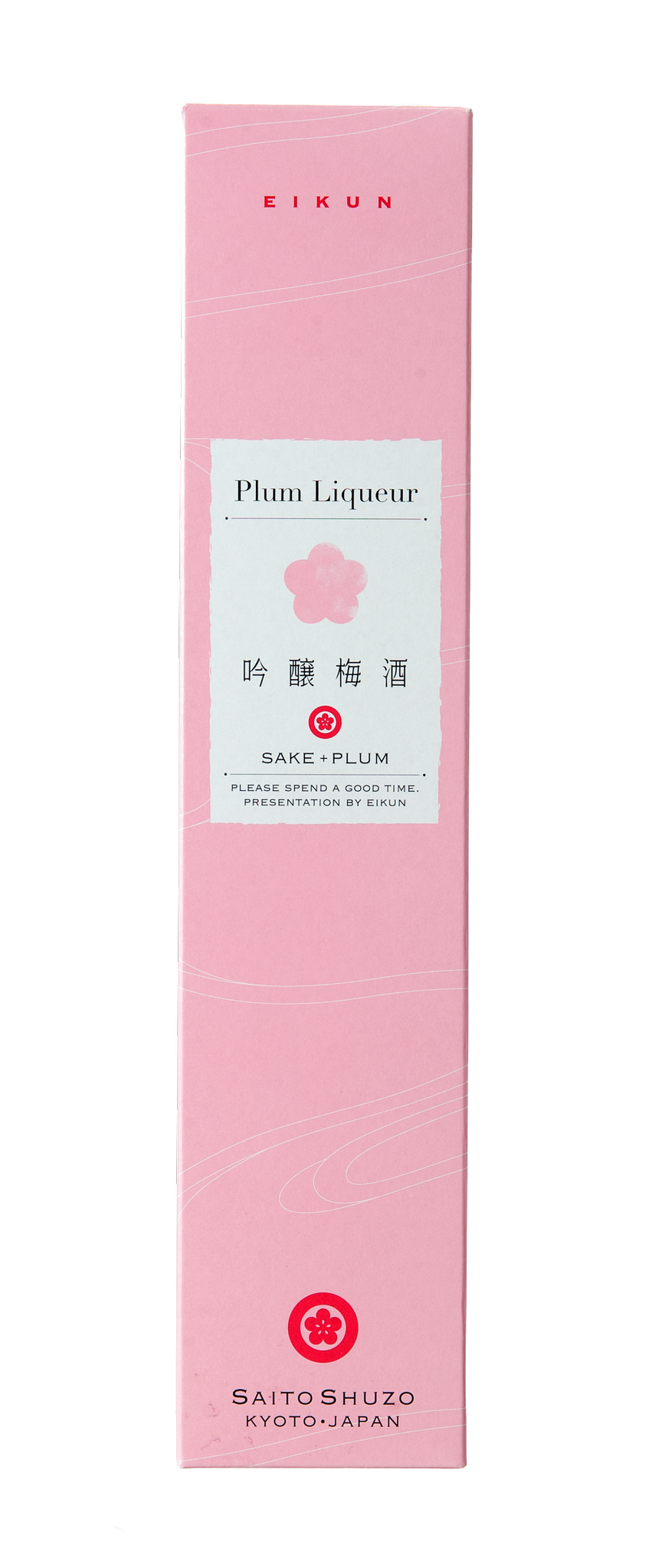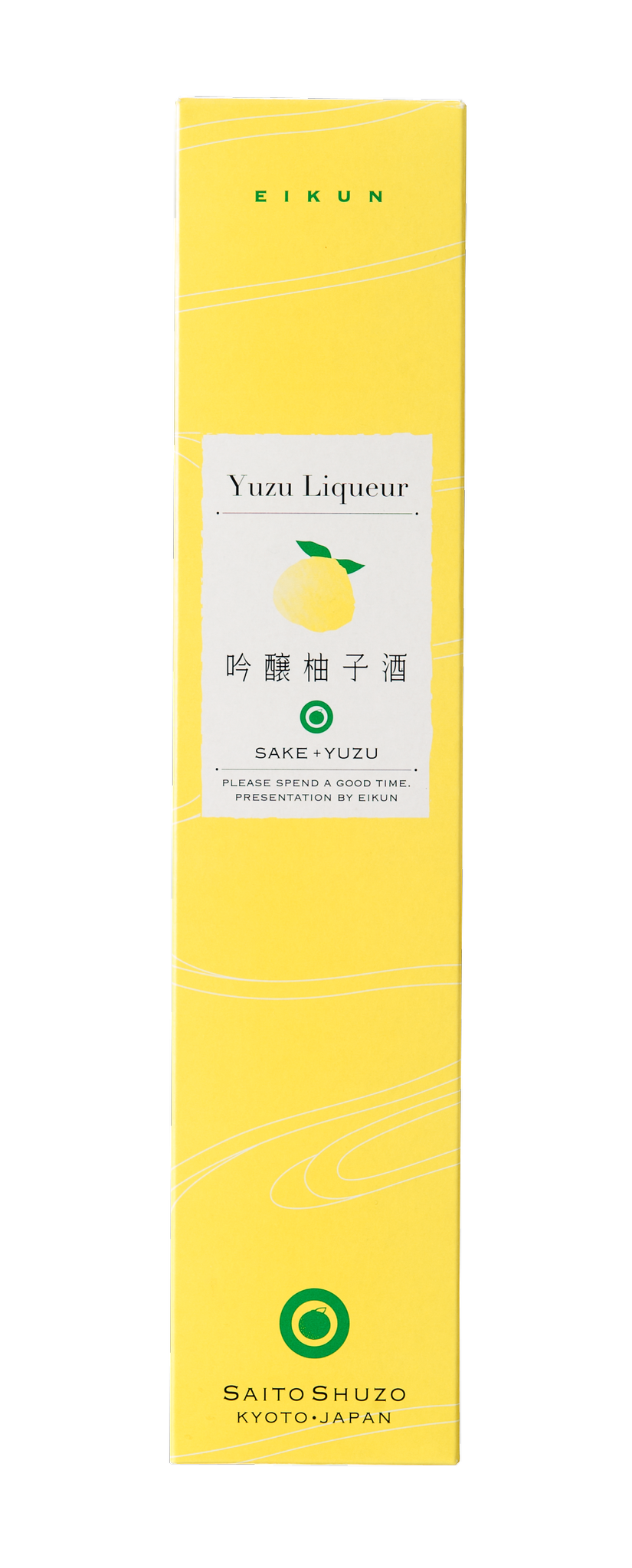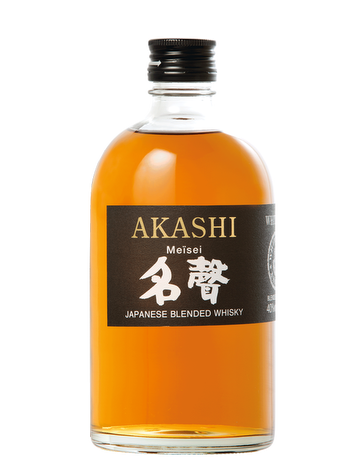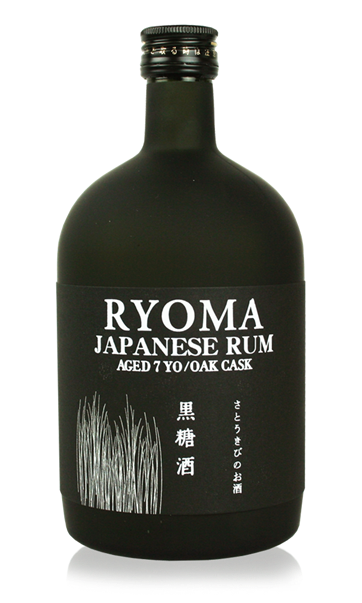The difference between Sake, Shochu, and other Japanese Spirits
Shochu is a distilled liquor and very popular in Japan. In fact, despite sake’s popularity outside of Japan, in Japan shochu is the more consumed beverage.
There are many essential differences between shochu and sake. Shochu is distilled; sake is fermented. Sake is made from rice; shochu can be made from sweet potato (imo), barley (mugi), rice (kome) and other ingredients.
Shochu is typically stronger (on average, 25-30% alcohol vs. 15-18% alcohol for sake)
They taste nothing alike, and are best enjoyed in different ways
Aside from the fact that they’re both great beverages, their only major similarity is that you should try them both when visiting Japan!
While Shochu is occasionally referred to as “Japanese vodka,” not only is this misleading, it also doesn’t do Shochu justice. The taste of Shochu is closer to “Brazillian Cachaça”.
Some examples of Shochu:
We typically have shochu on the rocks. Or with grapefruit juice or lemon juice or Oolong tea., these can be bough in typical “Izakaya” style restaurants or in bars and also at convenient stores. In convenience stores they are called “Chuhai”.
The taste between Shochu and Sake are very different. Shochu has a much stronger taste whereas Sake has a lighter taste. We usually choose to drink on or the other with a meal and not mix them.
As with making any great beverage, making great sake starts with sourcing the finest ingredients. Sake is made essentially from water and rice, with the help of important catalysts yeast and koji spores. Koji spores are dusted onto some of the rice in order to convert rice starches into sugar, which is consumed by yeast to create alcohol.
Good rice must be used and very clean river water. The soaking process is very important as well. A carefully measured amount of rice is washed and soaked in preparation for its steaming. While large breweries in Japan would normally (that is for all but the finest brews) measure, wash and soak rice for brewing by various machine processes. The best traditional way is by rice washing bags and tubs to achieve the perfect pre-steaming consistency, which is judged by texture of the soaked rice using the hands and experience of the brew-master rather than a simple calculation of time.
After the washed and soaked rice is at the perfect condition for steaming, the rice is hand-loaded into a rice steamer, which was manufactured in Japan especially for the production of small- batch sake rice for the highest quality sakes (large breweries use mechanized continuous steaming systems). Unlike rice for the dinner table, which is typically boiled in hot water either in a pot or automatic rice maker, sake rice is prepared by steaming, which allows the rice to maintain a firm outer texture and soft center, thereby helping the brewing process.
Next is the Rice cooling process, when rice is taken out of the steamer it is very hot and must be cooled prior to being used in further stages of production. Using traditional methods of rice tossing and kneading to adjust the temperature, which also allows the brew-master to assess in detail the texture of the steamed rice and choose how to best use it within the brews.
Koji Making: heart of a sake brewery is its “koji muro”, the cedar-lined room in which koji is made, which has a delightful aroma in addition to having natural anti-bacterial resins which help to create a clean environment conducive to efficient koji production.
Koji making is a 48-hour process which involves the inoculation of rice with koji spores, careful kneading and control of temperature and humidity, resulting in very sweet and white koji, ready for becoming about 20-35% of the rice used in the production of sake depending on recipe.
The operating temperature in the koji muro is typically 30-32 degrees Celsius, which makes for a challenging work environment for the brewery staff.
Once the first batch of koji is ready, it is time to start mixing it into chilled spring water and yeast in a fermentation tank, then adding steamed rice. The tank is filled gradually, in three stages over a 4-day period. This allows the yeast to retain its strength to keep consuming sugar and producing alcohol throughout the fermentation period, which typically continues for 21 days. Temperature within the fermentation tanks is carefully controlled using cooling jackets, as the sake’s pleasant tastes are enhanced by not allowing the yeast to act at its ideal productive temperature of 28 degrees Celsius, rather at a lower temperature ranging from 8-18 degrees depending on the stage of fermentation. The brew, called “moromi”, is carefully mixed by hand on a daily basis to ensure consistent fermentation. Each day tests are performed to check specific gravity, acidity and alcohol content.
Pressing And Racking: Once the moromi reaches completion as determined by the brewmaster, it is drained by gravity into cloth bags which are placed in the traditional “Fune” press which works with gravity and hand-applied mechanical pressure (in a large commercial brewery the moromi is machine-pumped into a large accordion like hydraulic press called a “Yabuta”). The first juice of sake starts emerging from a spout at one end of the press under the natural weight of the filled bags, resulting in a light-and-fruity first-pressed sake known “arabashiri”.
Gathering around the press and tasting the arabashiri is a reward to the brewery staff who have worked very hard to create the batch. It is also perhaps a treat to be savoured by those who visit our brewery on pressing days.
Bottling: Once pressed and racked the sake may either be bottled immediately or temporarily tank-stored at close to 0 degrees Celsius. The dark brown color of glass is used to best protect the sake from ultraviolet rays, which may damage the sake’s flavor and appearance.
We usually don’t mix sake with juice. There are different types, some are sweet, some are floral, but for most people that love sake we ask for “Karakuchi” which is a dry sake. Similar to the way people prefer sweet white wine or dry white wine.
For dinner with friends it is our custom to start with “Nama Beer” which is tap beer. And when the food arrives we order sake or shochu, depending on the meal.
Some people like to have “hot sake” in winter but it is not considered very good. Usually a very cheap sake is used and it is generally frowned upon. It’s not really bad manners but we wouldn't recommend ordering it. Hot tea is a better way to warm up.
We also have sake at the temple for new years with the monks. In many temples you will find these. Some are small and some are very large.
Our current selection of sake and shochu at our store is as follows, depending on the day and our stock. We also have sake tasting if you would like to sample it before purchasing.
We also have “Ume-shu” which is a sweet plum wine. Sometimes we drink it with soda or tonic water. We also have Yuzu wine. Yuzu is made from a type of Japanese lemon.
And for the late nighters, a Japanese whisky nightcap or rum that we have. But that will be for another story.

